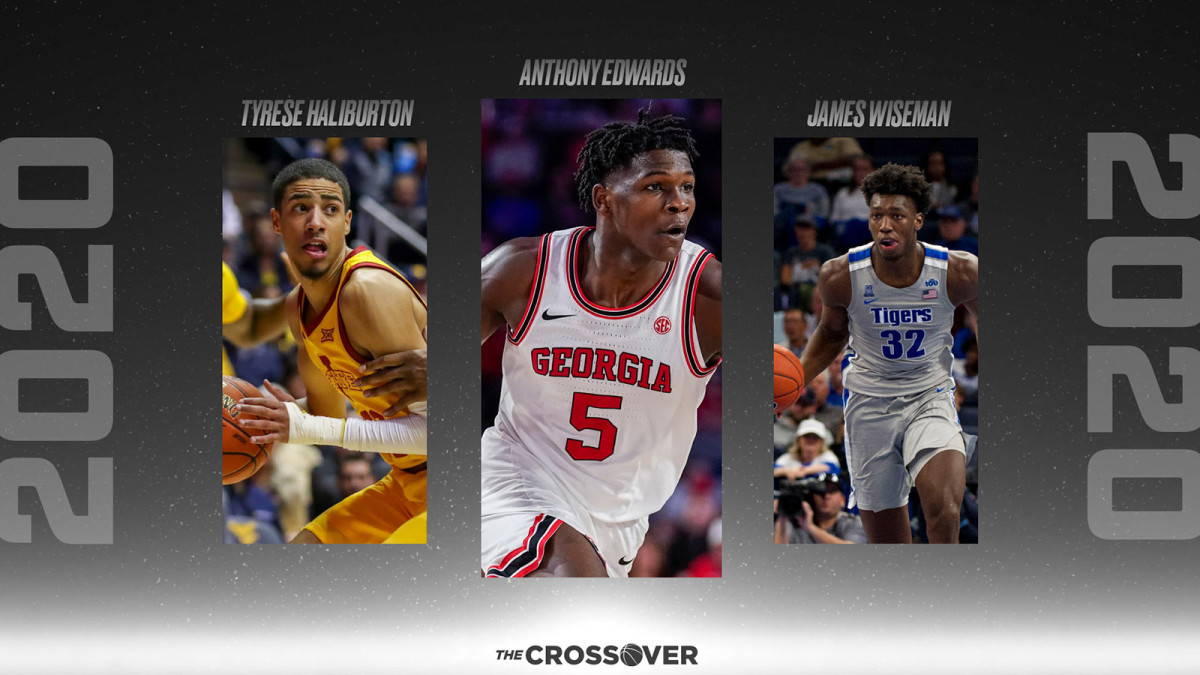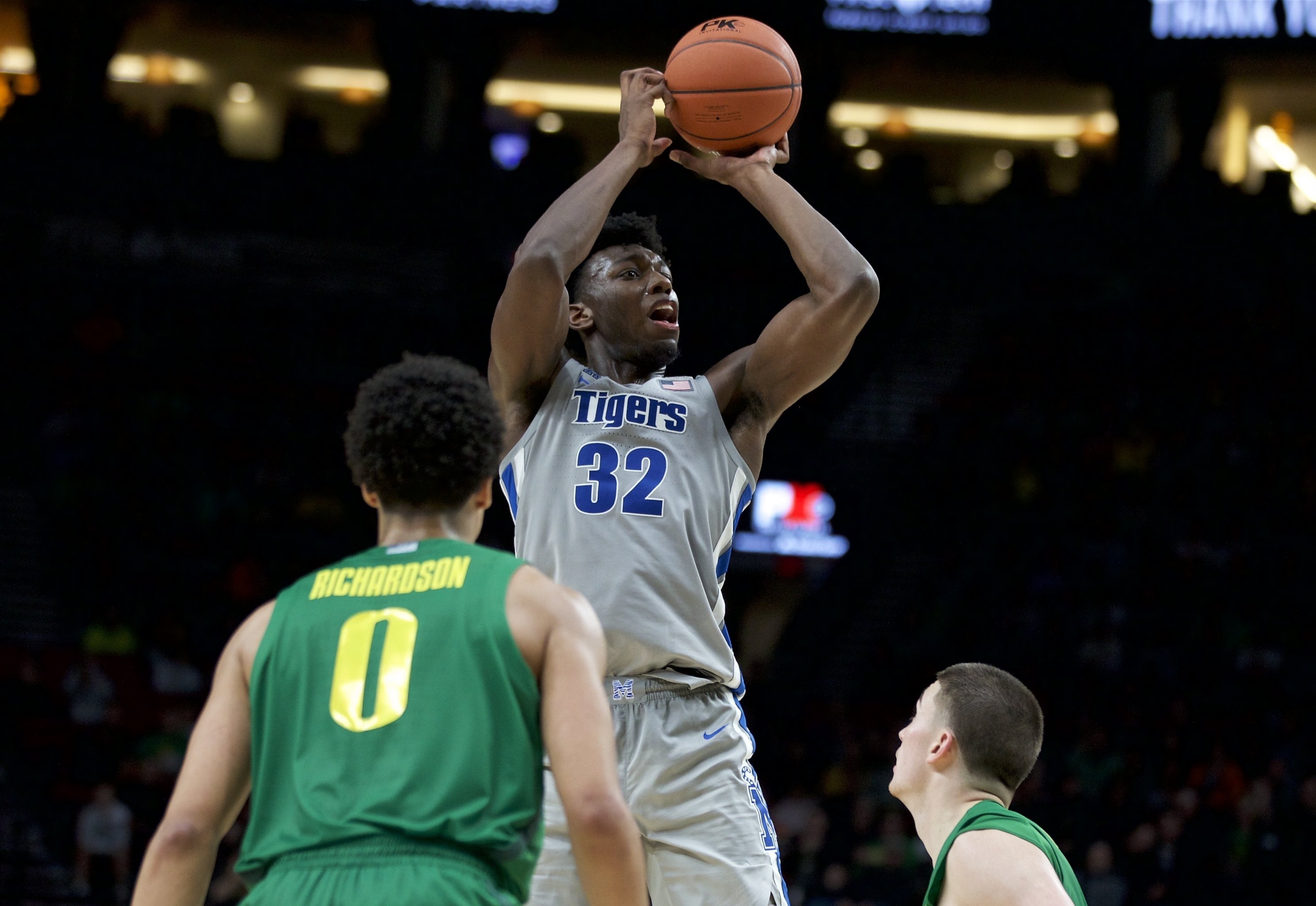#1hiphopjunki3
Go Spurs Go!!

NBA Mock Draft: Projecting All 60 Picks
Where do prospects Anthony Edwards, James Wiseman and LaMelo Ball land? NBA draft expert Jeremy Woo makes his picks for both rounds.


Tyrese Haliburton to the Warriors. I don't like that selection, the warriors are already guard heavy with Curry, D-Lo, and Klay.
I forgot my bad, D-Lo got traded.One of those guys is no longer on the Warriors...
Also read the player comps for this draft
A lotto pick was compared to reaf Lafrentz
and Lamelo is a tall Jason Williams lmao
this draft does seem ass
I just want Miami to draft a decent PG or a big and call it a day